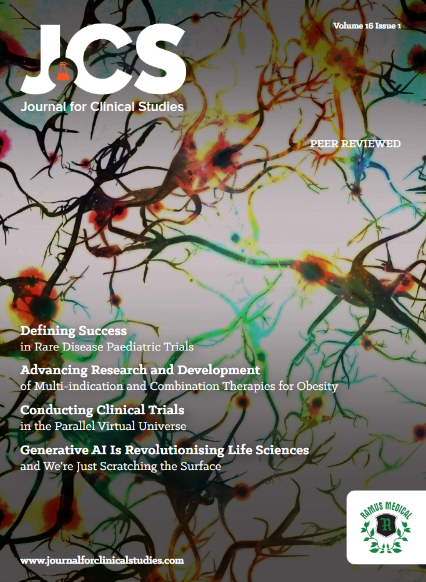In recent years, there has been an upsurge in the number of (bio) pharmaceutical products under development globally, reaching an estimated 7,471 products in 2021, which represents a 2.3- fold increase compared to 2017 (Figure 1). This unprecedented expansion in the pipeline of innovative therapeutics and vaccines across a broad spectrum of diseases has in turn increased the number of clinical trials. During the same period, the number of industry-sponsored studies increased by 56%, from 6,307 to 9,870 clinical trials (Figure 2). The number of trial participants has also increased, with over four million healthy subjects and patients in COVID-19 and non-COVID-19 studies in 2020 due to the impact of the pandemic (Figure 3).1
A fundamental factor that underpins the successful execution of clinical trials is site quality, and delays in, or the failure of, trial participant enrolment represent significant risks in product development. Therefore, a critical success criterion of clinical trials is the selection of sites with the requisite capabilities: access to a well-characterised population of potential trial participants, experienced and well-motivated investigators and study staff, and adequate site facilities, all located within countries with favourable regulatory environment.
In this article, we summarise the pitfalls associated with current methodologies of clinical trial feasibility and highlight how SGS Health Science’s data-driven and multidisciplinary clinical trial feasibility approach supports many trial sponsors in optimising trial planning across various therapeutic indications.
Recruitment Failure: A Critical Risk to Clinical Trials Globally
Premature termination is a common phenomenon in the clinical trial landscape. For example, approximately 40% of clinical trials in oncology are terminated prematurely.2 Other authors have estimated that up to 23% of trials cannot follow their patient recruitment as initially planned and fail the study timeline, and about 13% of clinical trial sites do not enrol a single patient in the study.3 Recruitment failure can seriously impact the product innovation lifecycle, with significant implications in terms of research costs, corporate revenues and delays in access to life-saving innovations. To assess the contribution of recruitment failure to the global toll of clinical trial termination, we analysed global trends over five years from January 1, 2017, to January 1, 2022, by evaluating all terminated interventional Phase 1, 2, and 3 and industry-sponsored studies posted on ClinicalTrials.gov. A total of 1,156 studies were included. The results outlined in Figure 4 and Table 1 show that a majority (42%) of clinical trials over the last five years were terminated due to business or strategic decisions. Furthermore, recruitment delays accounted for 22% of trial terminations globally over the previous five years. Other causes of trial termination were lack of efficacy of the intervention (10%), safety (8%), failure to meet the primary endpoint (8%), futility (3%), and COVID-19-related reasons (2%) or FDA request (2%). Less common reasons for early trial termination include Data Safety Monitoring Board (DSMB) and Independent Data Monitoring Committee (IDMC) recommendations, investigational medicinal product (IMP) issues, poor pharmacokinetic (PK) data, principal investigator (PI) exit, or no reason was specified. UMIN-CTR into feasibility planning, combined with well-curated epidemiology and market size information, supports holistic strategic and business decision-making.
SGS Health Science: Delivering Data-driven Clinical Trial Feasibility
Many trials sponsor in the (bio)pharmaceutical industry experience delays in clinical trial completion mainly because their enrolment plans are based on poorly validated information. In many instances, the enrolment rate needed for developing the country/site/patient analysis and subject accrual duration is extrapolated from either raw data from databases without in-depth analysis or directly from site feasibility surveys. However, this linear approach omits several critical components vital for an accurate trial feasibility workflow. Using pharmaceutical intelligence databases without further investigation or heavy reliance on trial investigators’ self-assessment of recruitment capacity may result in overly optimistic enrolment estimations. Furthermore, in a recent publication that explored clinicians’ perspectives on the persistence of barriers to patient enrolment in Phase 3 oncology studies, some trial investigators considered the completion of site feasibility questionnaires as a very time-consuming activity, often without any guarantee of eventually participating in the study,5 highlighting the critical role of questionnaire design in the feasibility process. The workflow of data-driven clinical trial feasibility at SGS Health Science is outlined in Figure 5. The start of the feasibility planning process is based on the receipt of a request for proposal (RFP) from a sponsor. The protocol-related information is reviewed by crucial internal departments, resulting in identifying potential recruitment obstacles, an initial, high-level selection of suitable regions/countries and a first estimation of the anticipated recruitment rate. The overall process is managed by a dedicated feasibility team and supported by medical staff.















